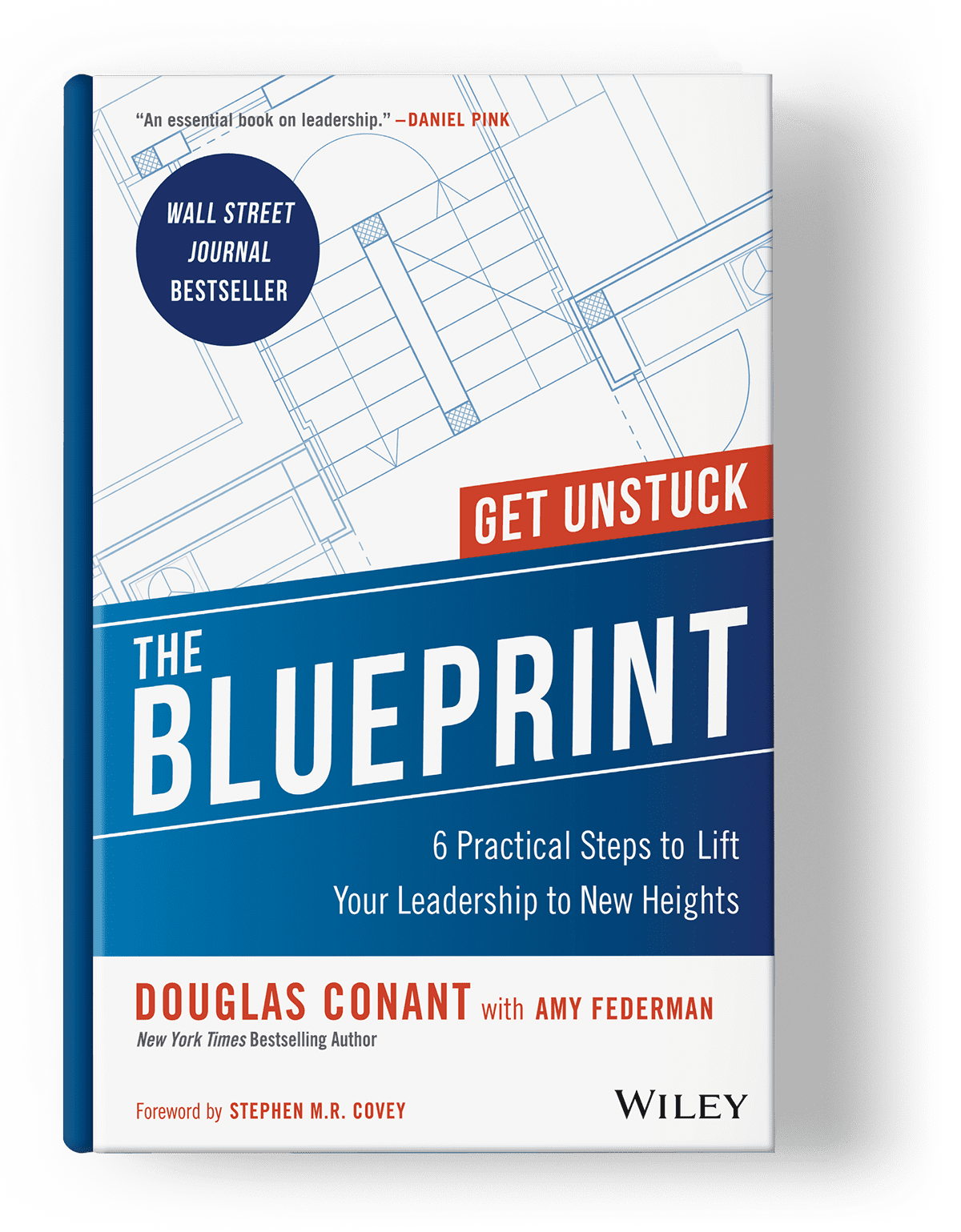Do What You Say You’re Going to Do
Each day, we make dozens of decisions that affect the trust people have in our leadership, the pride they take in working for our team, and the strength of their commitment to the organization. That is why we need to be our most effective, most competent, and most authentic selves, even in the smallest of moments. We must connect meaningfully. In every interaction.
To make genuine connections, it is essential that we bring more than mere information and experience to our interactions. We have to bring ourselves. Today’s employees are savvy and avid consumers of media and communications. They can smell spin and disingenuousness a mile away. Before they choose to engage fully, they want (and deserve) more than just a company face and corporate platitudes. They want to know they are dealing with a real person who says what they mean and does what they say they will do.
We must connect meaningfully. In every interaction.
So, it is imperative we do some substantive introspective work to ensure: a) we know who we are and what we stand for, and b) that we uphold our beliefs with integrity — consistently and reliably. There are 3 essential leadership questions that help us with these initiatives. We recently explored the first, “Why Do I Choose to Lead?”, and the second, “What is My Code?” In this post, we look more closely at the third crucial question of leadership:
How Well Do I Walk The Talk?
After you’ve done the hard work of unearthing your motivations for leading, and determining the code you choose to live by, you will want to share those values with every person you encounter. That’s when the really hard part begins. You’ve declared yourself. People now know what you say matters to you and how you claim you will conduct yourself. The spotlight is on. People are watching. Are you ready to do what you say you are going to do?
It helps to treat each interaction as small test. Let’s say you’ve declared that you encourage candor. In the moment, do you really want to hear what people have to say? Are you listening to them and encouraging their feedback? If not, remember that people will notice. If you expound on the virtues of delegation and letting people run with the ball — are you micro-managing or are you really letting people take ownership? Whatever it is that you are advocating, you have to be doing it, living it, embodying it. Day in and day out. When the spotlight is on and when nobody’s looking.
Remember, integrity is powerful stuff. When you walk the talk, over and over again, you grow your credibility. In so doing you create a profound reservoir of trust and belief in your ability. There are three ways to test yourself further:
Make Time For What You Say Is Important:
This is the easiest metric for testing your behavior against your words. Actions don’t lie. If you claim charity is important to your organization but there are no charitable initiatives scheduled or incorporated throughout the year, then something is amiss. At the end of the day: what does your calendar say? How much time have you made for what you’ve said is important? During my tenure at Campbell Soup Company I was evangelical about the importance of developing other leaders. I spoke about it often. But words weren’t enough. If you were to delve deep and look at my schedule you would see I committed substantial time to developing and leading our two-year CEO Institute which included five off-site sessions (12 days for each group) and 20 one hour coaching conversations . . . and that was just the beginning. Of course, you can’t just schedule something. You have to do it. And follow through. How tenacious are you about making time for the things that matter most? How might you make better time choices?
Get Feedback:
An excellent way to keep yourself honest is to gather data on your performance. Be diligent. People tend to listen to feedback that confirms the way they already see themselves, and ignore the rest. This is counterproductive. Oftentimes people rate themselves better than they actually are. It can be humbling, and a real growth opportunity, to seek out some honest evaluation. There are lots of tools available to help. One that has proven to be significantly eye-opening is The Inventory of Leadership Styles from the Hay Group. Many leaders expect to fall under the Visionary style (patient and communicative) only to be confronted with the stark fact their team perceives them as exhibiting the Pacesetter style (impatient and less communicative). Coming face to face with dissonant data and perceptions can help keep you on track.
Have a Trusted Adviser:
Consider cultivating a quality relationship with a mentor, a former boss, a colleague, or a coach. The key is to find someone who can see your potential, who is genuinely invested in your success, and who will be honest with you. The challenge for many leaders is that the higher they ascend, the more oblique people become about giving them feedback. The more you succeed, the fewer people you will encounter who will be comfortable giving you raw evaluations. You need someone you can rely on to give it to you straight.
The more you strive to hold yourself accountable to your words, the better you will do. And, the easier it will become to lead in a way that is consistently aligned with your leadership philosophy. Keep trying. Improve each day. If you do stumble, get back up, and promise to do better next time. If you’ve been “walking the talk”, people will believe your promise, and will fight their hardest to do better too, right alongside you.

“Doug Conant is remarkable—and so is this work.“
– Stephen M. R. Covey
Author of The Speed of Trust

The Blueprint
6 Practical Steps to Lift Your Leadership to New Heights
By Douglas Conant with Amy Federman

Have Doug Speak at Your Event
Doug works collaboratively with event organizers to customize his material for each audience.




0 Comments